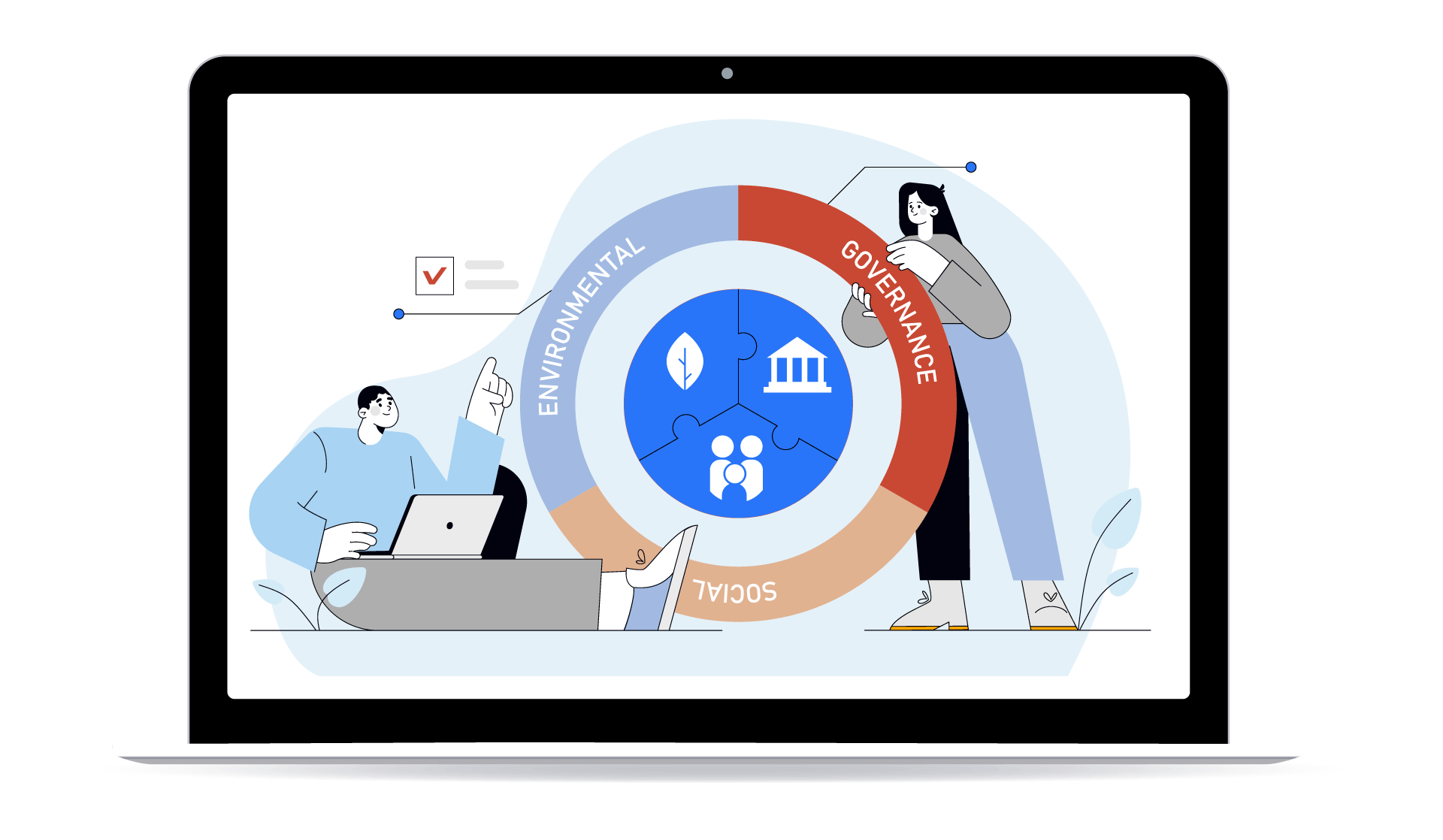Strategic Guide for the Data-Driven CFO
June 10, 2025
The role of the Chief Financial Officer is undergoing a profound revolution. No longer a mere the of numbers, the CFO is now emerging as a driver of digital innovation and an architect of ESG strategy.
New technologies, with Artificial Intelligence at the forefront, are redefining data management—enabling fast, informed decisions that go far beyond the financial sphere and involve the entire organization. Today’s CFO plays a pivotal role in ensuring sustainability and business resilience, tasked with integrating ESG parameters into financial metrics. To unlock maximum value and enable transformation from mere control to strategic vision, organizations need new tools embedded in business processes and powered by AI.
This was the central theme of the event “The CFO as a Leader of Digital and ESG Transformation: Evolution Beyond AI “, organized by ABS and Nextea in collaboration with ANDAF Lombardia and with the scientific contribution of SDA Bocconi.
The event sparked many valuable insights and practical applications, including success stories from our clients who have chosen Oracle Cloud EPM as their platform for controlling and planning corporate performance.
The feedback received agrees on one key point:
the evolution of the CFO’s role is grounded in the central importance of data. That’s why we’ve put together a few insights to offer a quick guide to driving a data-driven transformation.
6 Key Steps for the Data-Driven CFO Here are our tips to get started right away.
1. Vision and Transformational Leadership
The first step for a data-driven CFO is to become a driver of change within the organization. It’s not enough to apply a data-driven mindset only to the finance department—this approach should permeate every level of the business.
This means working with the executive leadership to define strategic objectives and clearly identify how data can help achieve them.
It’s also essential to invest in education and training—both within the finance team and across departments—to strengthen analytical skills and emphasize the importance of data in making informed decisions.
2. Data Governance and Data Quality
Reliable analysis depends on data quality. Without accurate and consistent data, any insight generated may be misleading or impractical. It’s the CFO’s responsibility to ensure strong data governance.
This includes implementing rigorous policies and processes for data collection, cleansing, storage, and management. Standardizing the way data is defined and categorized (through master data management) helps ensure consistency and integrity across systems.

It’s also crucial to clearly define roles and responsibilities such as “data owner,” “data steward,” and “data custodian”
—while keeping in mind compliance with data protection regulations (like GDPR) and information security.
3. Appropriate Technological Infrastructure
To support a data-driven approach, it’s essential to equip the organization with a robust, advanced technological infrastructure. A forward-thinking CFO leads investments in solutions that enable in-depth analysis powered by AI, along with predictive planning capabilities.
This includes adopting integrated Enterprise Performance Management (EPM) platforms, such as Oracle Cloud EPM, which provide a holistic view of the organization by combining financial and operational data.
Embracing advanced analytics tools like Business Intelligence (BI), Artificial Intelligence (AI), and Machine Learning (ML) enables predictive analysis, scenario simulations, and the discovery of hidden patterns in data. Process automation (RPA) can free up valuable resources by eliminating manual and repetitive tasks.
Lastly, scalable and flexible infrastructure adapts to the growing volume of data and evolving business needs, supporting sustainable business growth.

4. Advanced Analytics and Actionable Insights
A data-driven CFO doesn’t just present numbers—they deliver actionable insights that guide strategic decisions. This calls for a shift in the kind of analysis being conducted.
It’s crucial to define and track strategic KPIs that go beyond purely financial metrics, encompassing operational, market, and increasingly ESG (Environmental, Social, Governance) indicators.
Predictive and prescriptive analytics, powered by AI, allow organizations to anticipate future trends and recommend the best course of action. Scenario simulations become essential tools to assess the impact of strategic decisions on financial outcomes and reduce potential risks.
So the CFO also plays the role of storyteller—translating complex insights into clear, compelling narratives that are accessible to non-financial decision-makers.
5. Cross-Functional Integration and Collaboration
To fully unlock the value of data, the finance function must serve as a strategic partner across departments. This calls for deep integration and strong collaboration.
Transparent and secure data sharing between teams is key to breaking down information silos. Providing organization-wide access to self-service dashboards and reporting tools empowers individuals to explore data independently and make better-informed decisions.
This approach transforms the finance department from a cost center into a value center—one that enables stronger decision-making company-wide and supports deeper analysis of KPIs and business scenarios.
6. Focus on ESG and Sustainability
In an era of growing awareness around social and environmental responsibility, the data-driven CFO incorporates ESG principles into analysis and strategy.
That means measuring and reporting ESG performance through data and integrating those findings alongside financial and operational metrics.
Data analysis becomes essential in assessing the risks and opportunities tied to sustainability, ensuring they’re embedded within the company’s overall strategy.

CFOs are well aware of the growing focus on ESG KPIs, which directly influence financial exposure in the market and, in turn, investor influence. Achieving ESG compliance offers better access to capital and more favorable financial conditions, such as reduced interest rates and greater flexibility in credit lines. Equipping the organization with tools that can accurately monitor and measure performance indicators is essential to demonstrate a strong ESG rating.
Transparency in ESG reporting is also crucial to meet the rising expectations—not only of investors but also of customers and stakeholders—strengthening the company’s reputation and long-term value.
By driving this transformation, the data-driven CFO is no longer just “the keeper of the numbers,” but a strategic leader
who leverages data and advanced technologies to fuel innovation, enhance performance, manage risk, and actively contribute to long-term sustainability and growth.
This shift requires a blend of traditional financial expertise, advanced analytical skills, and strong leadership to champion cultural change.
Bridging the gap between technological availability and actual adoption is the real challenge in building truly data-driven business models.
But some have already begun the journey: explore our four success stories with real-world applications across the Energy, Aerospace, Fashion, and Telecom sectors.

Follow us on our social profiles.